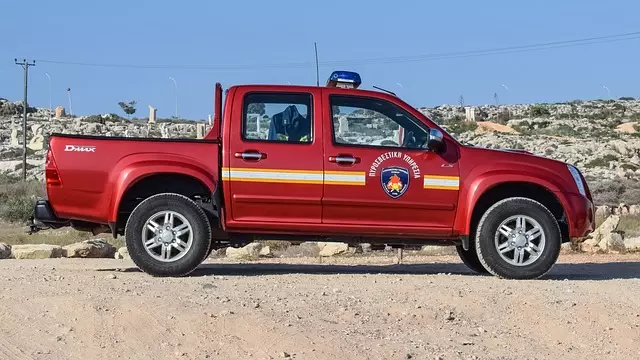Integrating active shooter scenarios into comprehensive emergency workplace safety training is key to enhancing overall workplace safety and survival during violent events. This involves regular workplace evacuation drills, mental readiness exercises, and fire safety training. By simulating real-life situations, organizations can ensure employees know their roles, recognize threats, report activities, maintain composure, and respond swiftly in dual hazard scenarios, improving survival chances through proactive measures. Drills should occur at least quarterly to test protocols and identify weaknesses through clear communications via multiple channels.
“In today’s world, being prepared for an active shooter situation is a vital aspect of ensuring workplace safety. This comprehensive guide delves into the critical components of active shooter preparedness, offering a detailed overview for organizations to enhance their emergency response strategies. We explore essential elements of workplace emergency safety training and provide practical insights on conducting effective evacuation drills and fire safety training. By implementing these measures, workplaces can better navigate and mitigate potential risks, fostering a safer environment.”
- Understanding Active Shooter Situations: A Comprehensive Overview
- Essential Components of Workplace Emergency Preparedness
- Practical Strategies for Conducting Effective Evacuation Drills and Fire Safety Training
Understanding Active Shooter Situations: A Comprehensive Overview
Understanding active shooter situations is a critical component of comprehensive emergency workplace safety training. These unpredictable and violent events can occur in various settings, from schools to workplaces, requiring swift and coordinated responses. Effective preparation involves regular workplace evacuation drills that simulate real-life scenarios, enabling employees to quickly grasp their roles and responsibilities during an emergency. By integrating active shooter training into existing fire safety training programs, organizations can foster a culture of alertness and preparedness among their workforce.
Such training should encompass not just physical evacuation but also mental readiness. It equips individuals with strategies for recognizing potential threats, reporting suspicious activities, and maintaining composure under extreme pressure. Regular exercises that challenge employees’ decision-making skills in simulated active shooter scenarios enhance overall workplace safety. This proactive approach ensures that when an actual emergency arises, everyone is better equipped to handle the situation effectively, minimizing risks and maximizing survival chances.
Essential Components of Workplace Emergency Preparedness
In any comprehensive strategy for active shooter preparedness, the foundation lies in robust workplace emergency preparedness. The first and most crucial component is emergency workplace safety training. This equips employees with vital knowledge on how to respond during such incidents, including immediate evacuation procedures, hiding tactics, and communication protocols. Regular simulations, like workplace evacuation drills, are instrumental in reinforcing these skills and fostering a culture of readiness among the workforce.
Complementing this is fire safety training, which, while seemingly unrelated, is integral to overall emergency preparedness. Fire can often accompany active shooter situations, creating dual hazards. Adequate fire safety knowledge ensures employees know not only how to evacuate but also how to safely respond if a fire breaks out during the crisis, thereby enhancing overall survival chances.
Practical Strategies for Conducting Effective Evacuation Drills and Fire Safety Training
Conducting effective evacuation drills and fire safety training is a critical component of comprehensive emergency workplace safety training. These exercises should be designed to simulate real-world scenarios, ensuring that employees are well-prepared to respond calmly and efficiently during an actual emergency. Regularly scheduled drills, ideally at least once per quarter, help in identifying any gaps or areas for improvement in the organization’s safety protocols. During these drills, it’s essential to communicate clear instructions through multiple channels, such as email, intercom systems, or dedicated emergency apps, to ensure everyone receives the alert simultaneously.
Fire safety training should encompass a range of topics, including the proper use of fire extinguishers, evacuation routes, and assembly points. Employees should be taught not only how to react during a fire but also how to prevent them through basic fire safety practices like keeping floors clear of debris and reporting potential hazards promptly. Regular fire drills, combined with hands-on training on equipment, build confidence and familiarity, making the response during an actual emergency more coordinated and effective.


